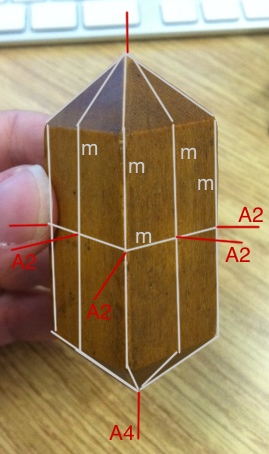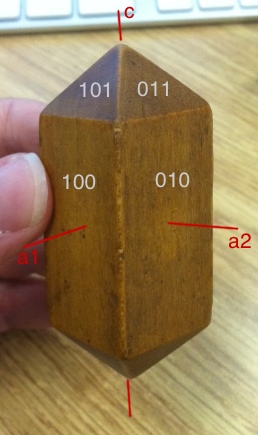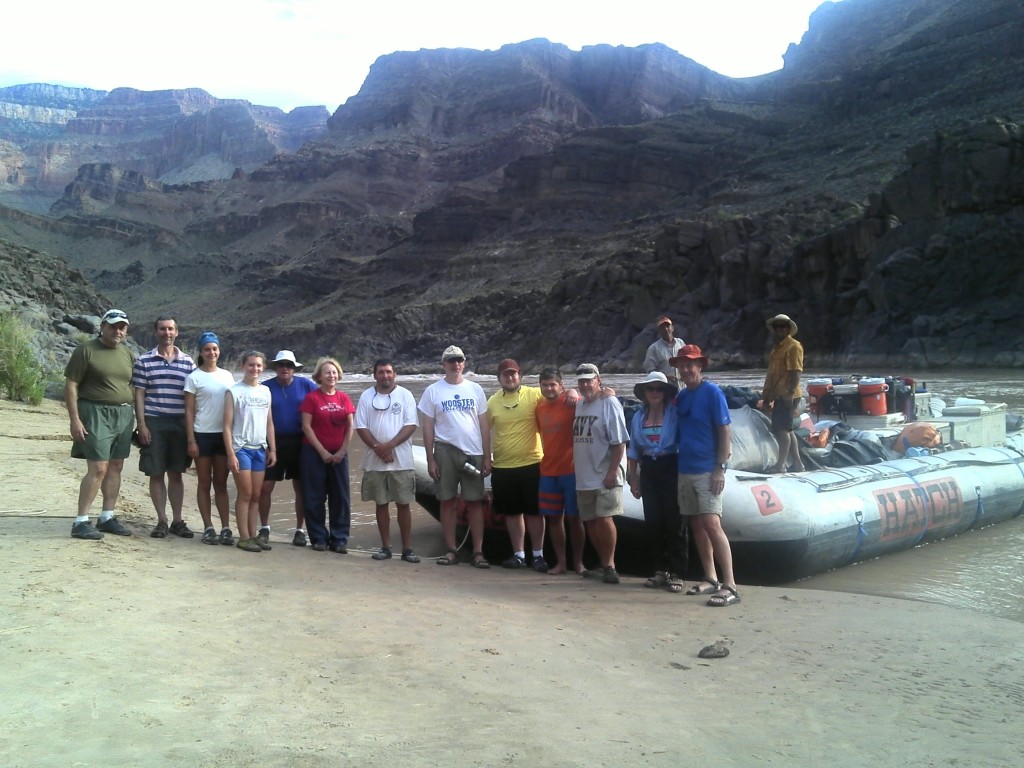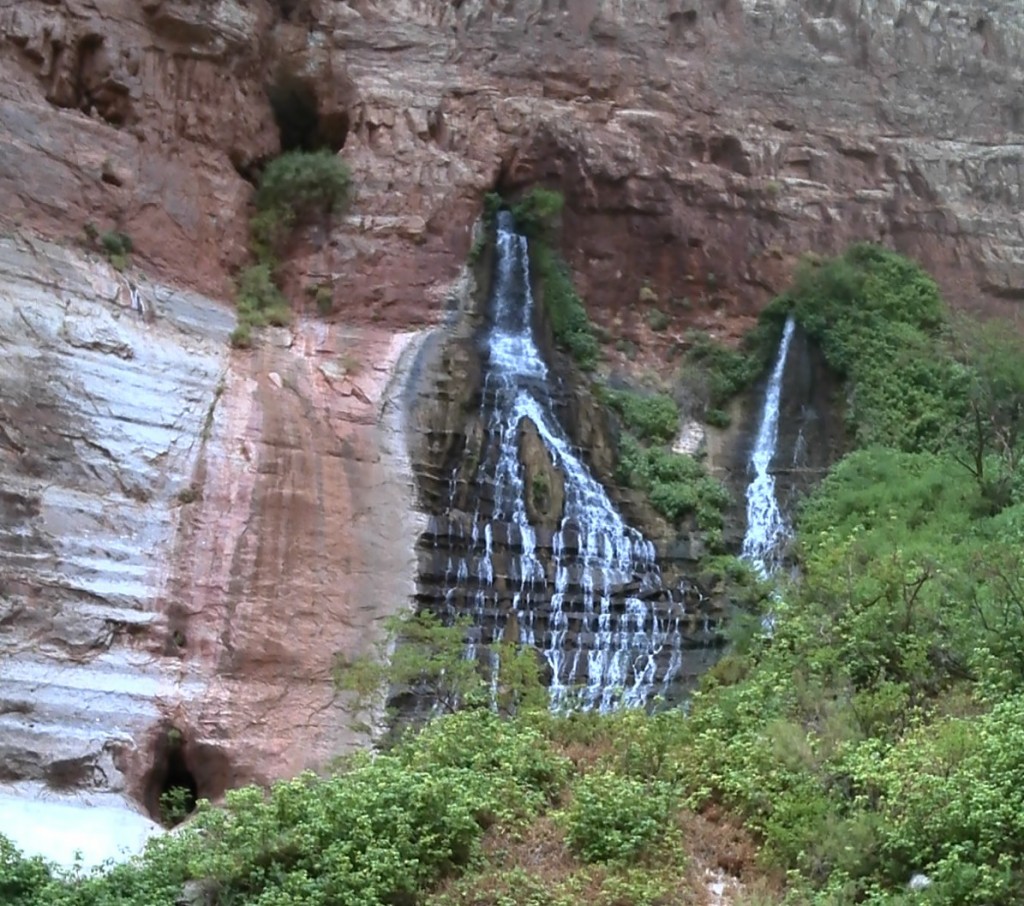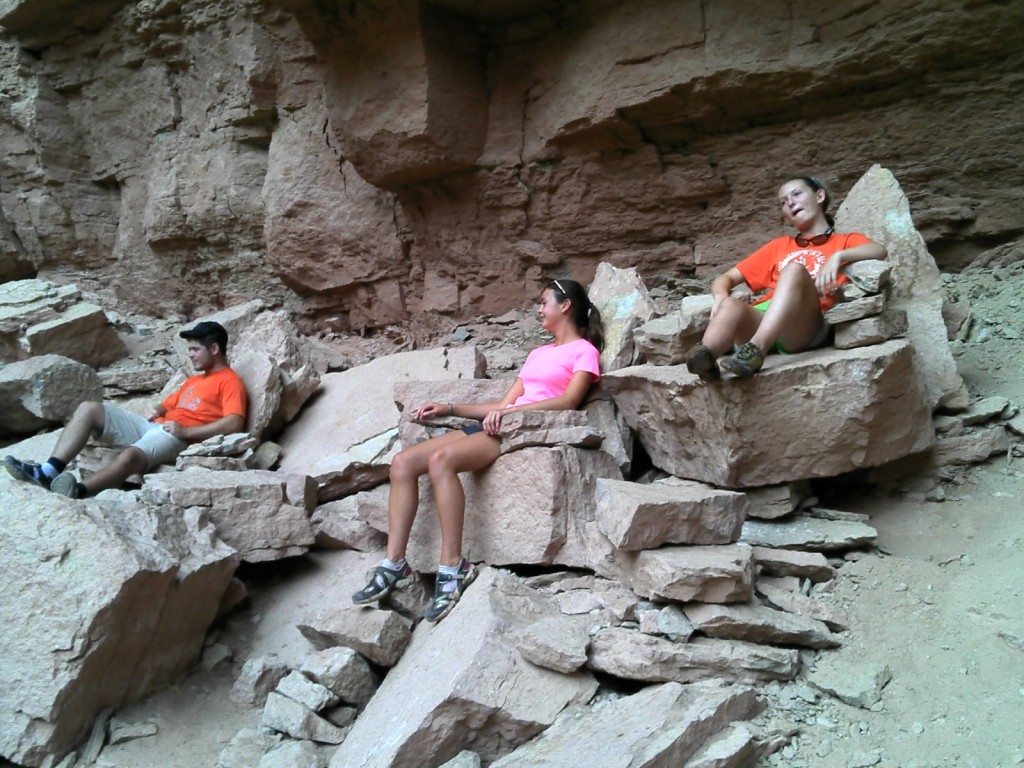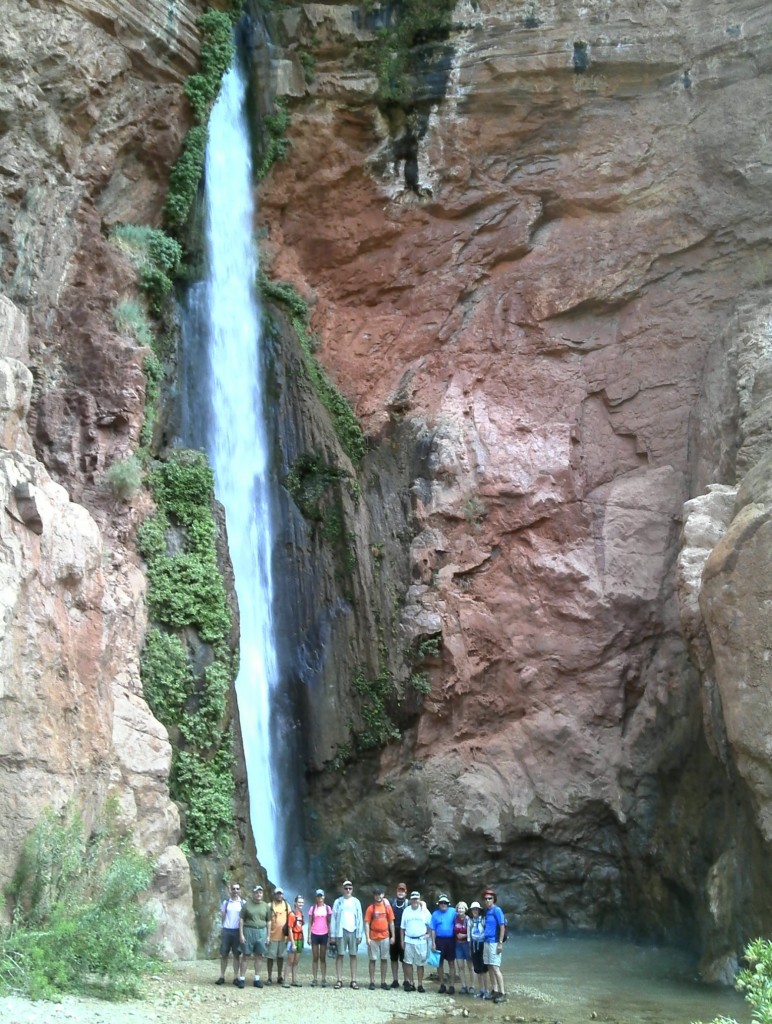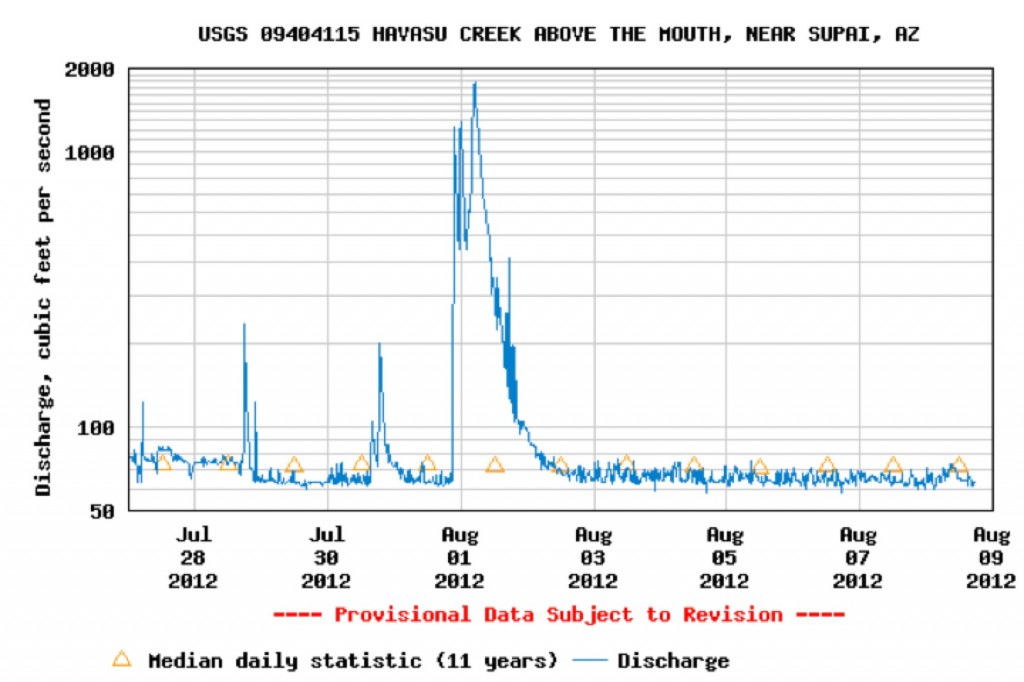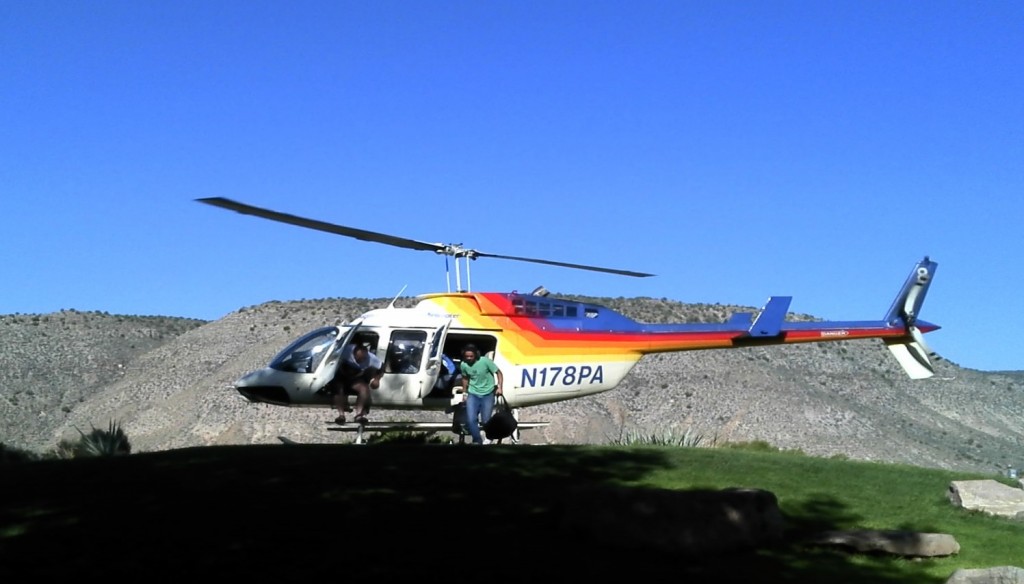 This week’s fossil is a tiny little crinoid with an odd shape. Calceocrinus balticensis (shown above with the scale bar as one millimeter) is a new species from the Lower Silurian (Llandovery) of Hiiumaa, western Estonia. It is part of a series of new crinoid taxa described in the most recent issue of Acta Palaeontologica Polonica by Ausich et al. (2012). All that geological work in Estonia by Ohio State and Wooster geologists is resulting in several paleontological publications, all with the collaboration of our friend Olev Vinn at the University of Tartu, Estonia.
This week’s fossil is a tiny little crinoid with an odd shape. Calceocrinus balticensis (shown above with the scale bar as one millimeter) is a new species from the Lower Silurian (Llandovery) of Hiiumaa, western Estonia. It is part of a series of new crinoid taxa described in the most recent issue of Acta Palaeontologica Polonica by Ausich et al. (2012). All that geological work in Estonia by Ohio State and Wooster geologists is resulting in several paleontological publications, all with the collaboration of our friend Olev Vinn at the University of Tartu, Estonia.
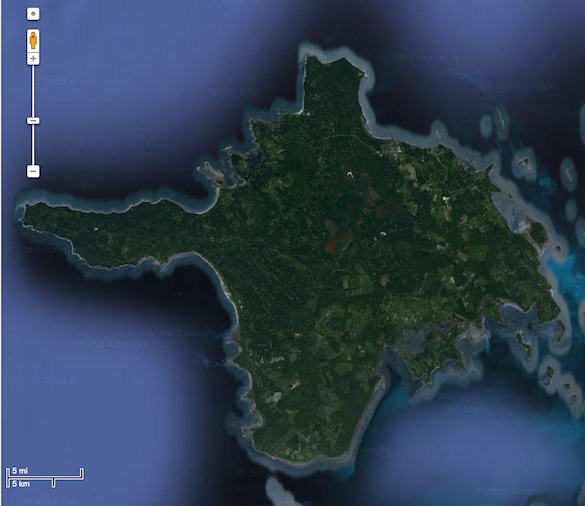
The western Estonian island of Hiiumaa where our little crinoid was found. (Image courtesy of Google Maps.)
Calceocrinus balticensis Ausich, Wilson and Vinn, 2012 (to give its full and glorious name) is unusual because its crown (the filter-feeding “head” of the crinoid) is recumbent on the column (the “stem”). In the images above you can see the column as a series of disks on their sides at the bottom of the view. The crown is the set of larger plates attached to the top of the column, from which there are several arms extending to the right. This new species is the first of its genus from the paleocontinent Baltica. It had sister species in North America on what became Anticosti Island in eastern Canada (see Ausich and Copper, 2010).
Calceocrinids (Order Calceocrinida Ausich, 1998) lived very close to the seafloor. The column of an individual, which in other crinoids holds the crown far off the substrate, lay horizontally along the bottom. The crown was hinged at its base so that it could be elevated perpendicular to the stem with the arms spread wide to filter organic material from the water. During non-feeding times the crown would lie inconspicuous on the bottom. This crinoid literally had a very low profile compared to its showy cousins.
Now, though, the shy little Calceocrinus balticensis gets a moment of exposure and formal admission to the roll call of life’s species.
References:
Ausich, W.I. 1998. Phylogeny of Arenig to Caradoc crinoids (Phylum Echinodermata) and suprageneric classification of the Crinoidea. The University of Kansas Paleontological Contributions, n.s. 9, 36 pp.
Ausich, W.I. and Copper, P. 2010. The Crinoidea of Anticosti Island, Québec (Late Ordovician to Early Silurian). Palaeontographica Canadiana 29, 157 pp.
Ausich, W.I., Wilson, M.A. and Vinn, O. 2012. Crinoids from the Silurian of western Estonia. Acta Palaeontologica Polonica 57: 613-631.




